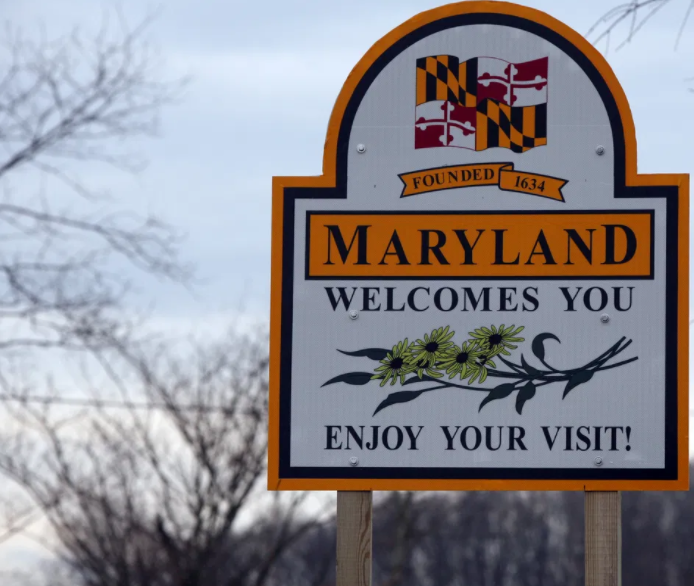
During the trial, it seemed clear that she identified herself as Black, especially as far as her own lawyer was concerned. She self-identified as Indian- Rappahannock, but was also reported as being of Cherokee, Portuguese, and African American ancestry. Mildred Delores Loving was the daughter of Musial (Byrd) Jeter and Theoliver Jeter. In 1967, 16 states still retained anti-miscegenation laws, mainly in the American South. On the other hand, most laws used a " one drop of blood" rule, which meant that one black ancestor made a person black in the view of the law. On the one hand, a person's reputation as black or white was usually what mattered in practice.
MARYLAND JUDICIARY CASE SEARC H HOW TO
Ī major concern was how to draw the line between black and white in a society in which white men had many children with enslaved black women. By 1894, when the Democratic Party in the South returned to power, restrictions were reimposed. The new Republican legislatures in six states repealed the restrictive laws. During the Reconstruction era in 1865, the Black Codes across the seven states of the lower South made interracial marriage illegal.

Background Anti-miscegenation laws in the United States Īnti-miscegenation laws had been in place in certain states since the colonial period. federal court decisions holding restrictions on same-sex marriage in the United States unconstitutional, including in the Supreme Court decision Obergefell v. Beginning in 2013, the decision was cited as precedent in U.S.
MARYLAND JUDICIARY CASE SEARC H FREE
The Court found that the law nonetheless violated the Equal Protection Clause because it was based solely on "distinctions drawn according to race" and outlawed conduct-namely, that of getting married-that was otherwise generally accepted and which citizens were free to do. Virginia had argued before the Court that its law was not a violation of the Equal Protection Clause because the punishment was the same regardless of the offender's race, and thus it "equally burdened" both caucasians and non-caucasians. Its decision struck down Virginia's anti-miscegenation law and ended all race-based legal restrictions on marriage in the United States. In June 1967, the Supreme Court issued a unanimous decision in the Lovings' favor and overturned their convictions. Supreme Court, which agreed to hear their case. The Lovings appealed their conviction to the Supreme Court of Virginia, which upheld it. Their marriage violated Virginia's Racial Integrity Act of 1924, which criminalized marriage between people classified as "white" and people classified as " colored". The case involved Mildred Loving, a woman of color, and her white husband Richard Loving, who in 1958 were sentenced to a year in prison for marrying each other. Supreme Court in which the Court ruled that laws banning interracial marriage violate the Equal Protection and Due Process Clauses of the Fourteenth Amendment to the U.S.

1 (1967), was a landmark civil rights decision of the U.S. This case overturned a previous ruling or rulings


 0 kommentar(er)
0 kommentar(er)
